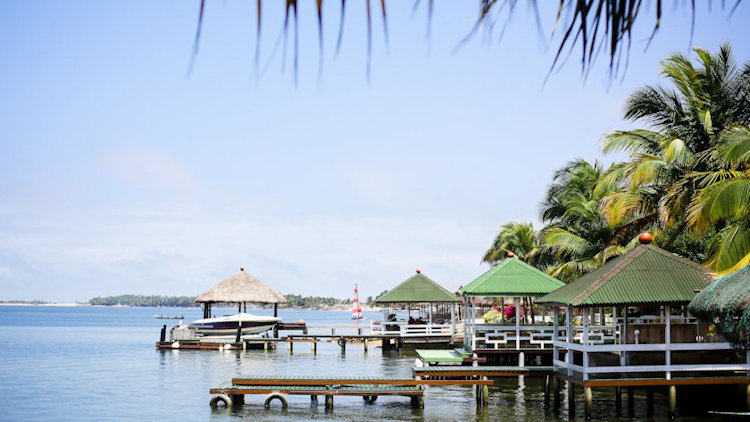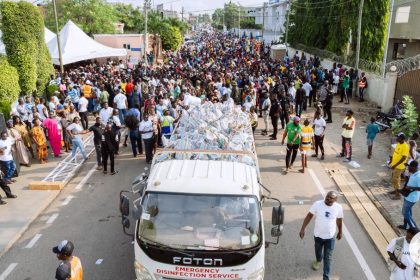Making time to go on a trip can be a very tedious task to do, especially with all the planning that comes with going on a vacation.
There is so much out there. And if you’re anything like me- i.e. on a budget and looking for unique adventures, then you’ve come to the right post. Here is my top seven checklist:
1. Set a Budget.
Aim for a comfortable middle between what you think you can spend versus what you can realistically spend. I say this because you may initially believe that a little cash is all you can spare, but crunching the numbers by month can help you find ways to eliminate potential waste that can add to your dream vacation budget. (i.e. extra coffee shop visits, manicure splurges, eating out 3x a week) You want to get the most out of your trip without having to take a greyhound or sleep on the street somewhere. (unless that’s your ideal vacation, that is).
2. Pick Your Top Three.
Just picking a place to go took up so much time. I started off with three places, but then I kept clicking and clicking until I was researching close to ten potential destinations.
That was a waste of time. I knew what my budget was and I knew even before looking that some of them were definitely not budget-friendly. Hello, Fiji! Plane tickets alone would’ve eaten up most of our budget. I should’ve just stuck to my top three and narrowed down from there. It would’ve saved multiple screen-time headaches.

3. Research, Research, Research.
Write down your top three picks and start googling. Start by visiting the country’s or city’s official site. It will tell you about local attractions, lodging accommodations and provide a lot of basic information about the area you’re thinking of visiting.
Next, visit an unbiased site that can give you the good and the bad of the area. I found Lonely Planet to be extremely helpful in this regard. They provided unique attractions, best seasons for travel, safety and potential dangers information. (For example, one of the places I was considering had a high theft rate-purses, wallets, cars) These are things the official sites won’t tell you.
4. Set a Date.
It’s important to do this BEFORE finally settling on a location. You may choose the first week of July, but the place you’ve picked is prone to hits during Hurricane season. Or maybe you’ve picked the place but the date you’re wanting to go is in the middle of monsoon season. These are important things to consider.
5. Check the Weather.
This goes hand in hand with #4. While you can’t foresee all potential weather mishaps, you can increase your odds of sunshine with simple research. Are you wanting to go during the high or the low season (also known as peak or off-season)? There are huge savings benefits to going during the low season, but you have to understand why it’s a low season. Monsoons? Too hot? Too cold? Too dry? Potential Hurricanes? Potential Blizzards?

For example, October is off-season in Cancun, but it’s also historically the rainiest month of the entire year. What are the chances your vacation could be rained out? October is also off-season in Hawaii, but if you visit the island of Kaui’i, you may not be able to snorkel or boat to one of their biggest attractions- Na Pali Coast- because of rough waters during that time.
6. Attractions During Your Stay.
Right along with the weather averages for the dates you picked, check out the attractions offered and open around your dates. The official city website might boast whale sightings and swimming with dolphins, but you may be setting yourself up for disappointment if you set out for a visit only to find out that you came in the wrong season for those attractions.

Look at other options. Are there cool hiking trails, volcanoes, canyons or rainforest tours that you could do instead? You may not be able to go swimming with dolphins during your stay, but can you make it just in time to witness the annual turtle hatchling trek to the shore? If you’re going during the off-season, check to make sure that most shops will still be open for normal business hours during your stay. During the off-season, some places close early or close entirely until peak-season begins again.
7. Wrap up the Details.
Does your destination require a passport? Are you up to date on vaccinations? Do you know where the local hospitals or clinics are in case you become ill? Have you called the bank to let them know when and where you’ll be travelling so that they can make notations on your card? Do you have a place or person to care for your animals while you’re away?
Have you put in your vacation notice with your job so they can schedule it before someone else asks for that time off? Are you going to need sunscreen, Tylenol, bug spray where you’re going? Have you notified your neighbour that you will be away so that they can contact you in case something happens while you’re gone? Make a checklist. Always have a Plan B, in case of emergency. Try to space your tasks out so that you’re not overwhelmed with tying up loose ends the week before you leave.
Now make sure you make time to enjoy your trip and make lovely memories as you do.






